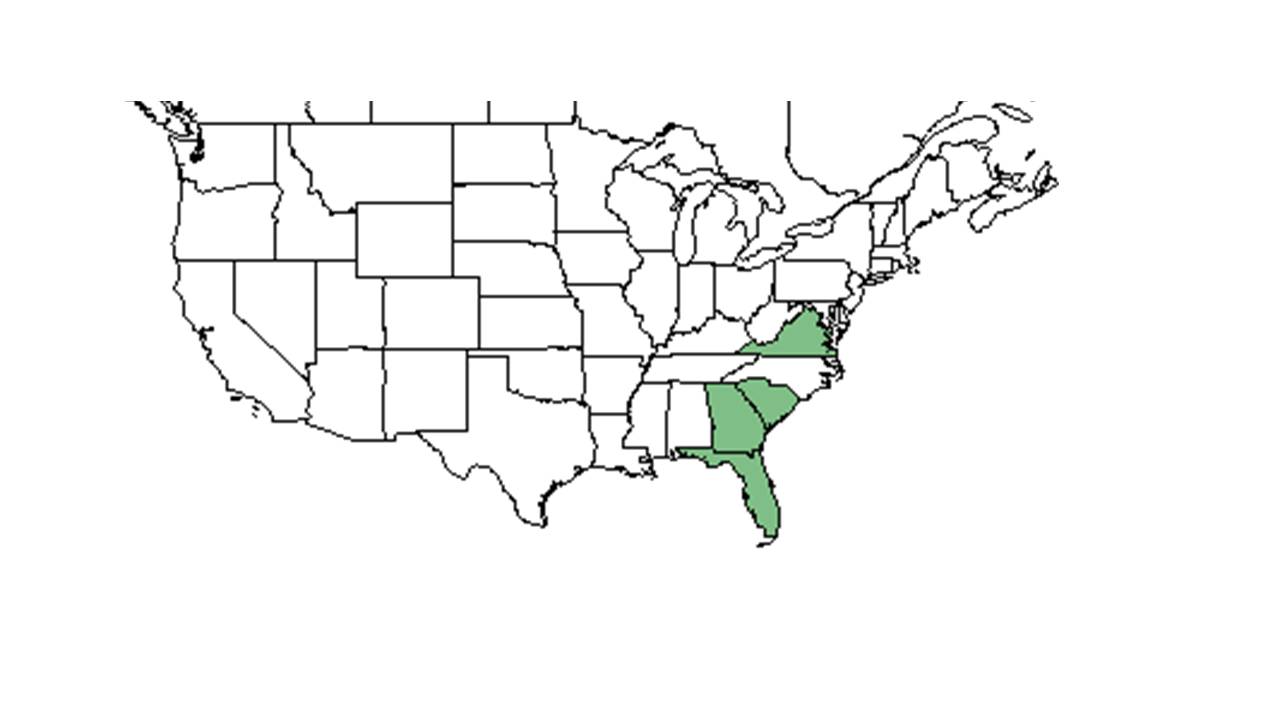Difference between revisions of "Scutellaria multiglandulosa"
KatieMccoy (talk | contribs) |
KatieMccoy (talk | contribs) (→References and notes) |
||
| Line 43: | Line 43: | ||
==Photo Gallery== | ==Photo Gallery== | ||
==References and notes== | ==References and notes== | ||
| + | Florida State University Robert K. Godfrey Herbarium database. URL: [http://herbarium.bio.fsu.edu http://herbarium.bio.fsu.edu]. Last accessed: Collectors: States and Counties: Compiled by Tall Timbers Research Station and Land Conservancy. | ||
Revision as of 13:45, 7 October 2015
| Scutellaria multiglandulosa | |
|---|---|
Error creating thumbnail: Unable to save thumbnail to destination
| |
| Photo taken by Gil Nelson | |
| Scientific classification | |
| Kingdom: | Plantae |
| Division: | Magnoliophyta – Flowering plants |
| Class: | Magnoliopsida – Dicotyledons |
| Order: | Lamiales |
| Family: | Lamiaceae ⁄ Labiatae |
| Genus: | Scutellaria |
| Species: | S. multiglandulosa |
| Binomial name | |
| Scutellaria multiglandulosa (Kearney) Small ex Harper | |

| |
| Natural range of Scutellaria multiglandulosa from USDA NRCS Plants Database. | |
Common name: Small's skullcap
Contents
Taxonomic notes
Description
Distribution
Ecology
Habitat
In the Coastal Plain in Florida, S. multiglandulosa can be found in open pine-turkey oak flatwoods, recently burned scrubs, pine flatwoods, longleaf pine-turkey oak hills, sandridges, upland pine-oak woodlands, open oak-hickory, longleaf pine-wiregrass ridges, annually burned savannas, and longleaf pine forests (FSU Herbarium). It can also be found in roadside depressions, hiking trails in pine-oak woodlands, railroad gravel, cut and burned longleaf pine flatwoods, road banks, powerline corridors, fallow quail food patches, and cleared longleaf pine-scrub oaks. Associated species include Baptisia laceolata, Eupatorium capillifolium, Rubus cuneifoloum, Quercus geminata, Q. incana, Q. hemisphaerica, Sericocarpus tortifolius, Smilax auriculata, Polypremum procumbens, Serenoa repens, Rhus copallina, Helianthemum, Penstemon australis, Stylodon, Coreopsis, poison oak, and braken fern (FSU Herbarium).
Sands include loamy sand, loamy soil, gravel and sandy soil (FSU Herbarium).
Phenology
Flowering and fruiting occurs April through September (FSU Herbarium).
Seed dispersal
Seed bank and germination
Fire ecology
Pollination
Use by animals
Diseases and parasites
Conservation and Management
Cultivation and restoration
Photo Gallery
References and notes
Florida State University Robert K. Godfrey Herbarium database. URL: http://herbarium.bio.fsu.edu. Last accessed: Collectors: States and Counties: Compiled by Tall Timbers Research Station and Land Conservancy.